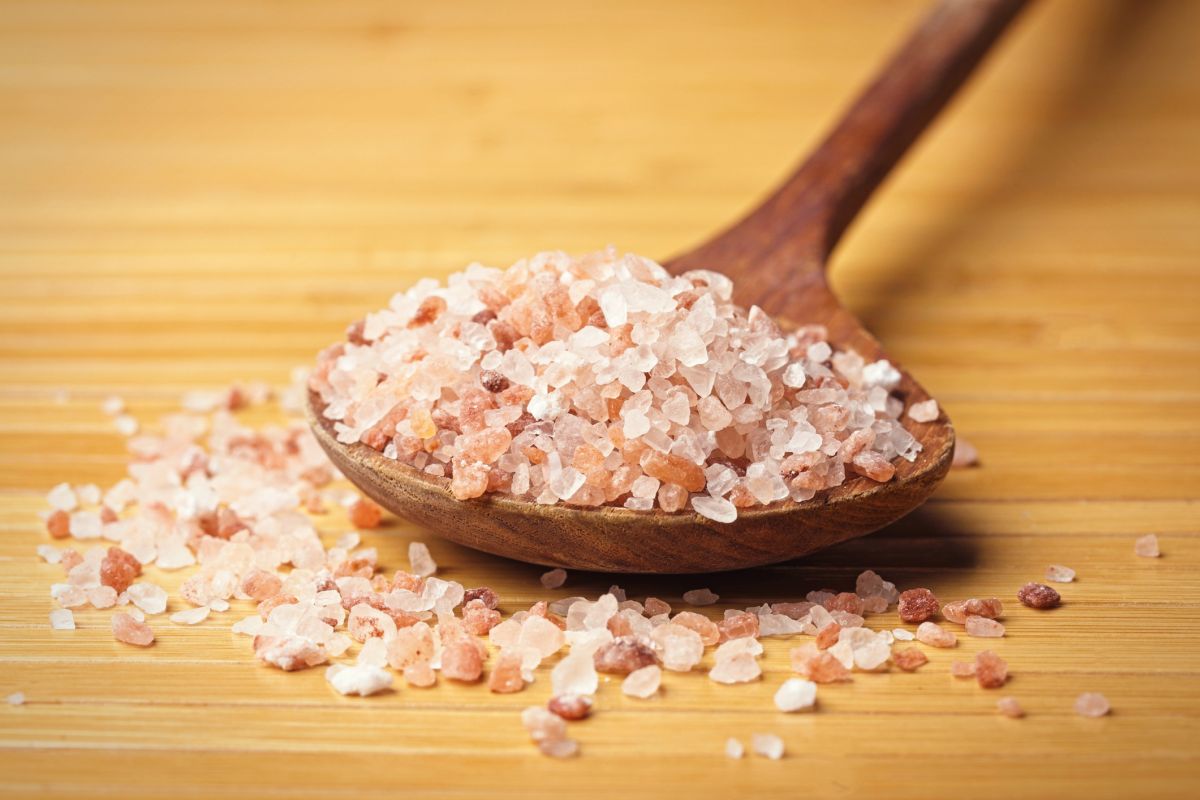Himalayan salt is a specific type of rock salt mined from regions near the Himalayas and is known for its distinctive pink color and minimal processing before being sent to market. Often used as a culinary salt, Himalayan salt is more expensive than regular salt and is believed to have health benefits.

Where Does Pink Himalayan Salt Come From?
Pink Himalayan salt comes from the Punjab region of Pakistan. It is mined from ancient sea salt deposits in caves deep in the earth of the Himalayas.
Why is Himalayan Salt Pink?
The pink color of Himalayan salt is due to the presence of trace minerals, such as iron oxide, or rust. These minerals have accumulated over millions of years in the salt deposits found in the within the caves where the salt is mined.
Is Himalayan Salt Healthier Than Regular Salt?
The claim that Himalayan salt is healthier than regular salt is a topic of debate among health experts. There isn’t much of a difference between regular table salt and Himalayan salt other than the color and visual appeal.
While Himalayan salt contains trace minerals that may provide some nutritional benefits and contribute to its distinctive pink color, the overall impact on health is minimal, as the amounts are too small to significantly affect nutrition. However, both Himalayan salt and regular salt, when consumed in moderation, can be part of a balanced diet.
Pink Himalayan salt comes in easier-to-see large crystals, which must be ground before adding to a recipe. Because Himalayan salt is larger, it may contain less sodium than regular table salt per gram, but this isn’t always the case as the exact sodium content varies by crystal.
Despite common myths, Himalayan salt doesn’t contain any more minerals than regular table salt. The only possible health benefit of using Himalayan salt over regular salt is the fact that it isn’t processed prior to sale, but the benefits your body receives from non-processed salt are minimal since processing adds the necessary mineral, iodine, to table salt.
Can You Exchange Himalayan Salt for Table Salt in Recipes?
You can generally exchange Himalayan salt for table salt in recipes at a 1:1 ratio. However, it’s important to note that Himalayan salt has a milder flavor, so you might need to adjust the quantity to taste.
For the most part, any recipe that calls for Himalayan salt won’t taste any different than if regular table salt is used, but there are a few exceptions. When Himalayan salt is used as a decoration (such as in truffles), regular salt won’t have the same visual appeal.
It should be noted that while table salt can be substituted for Himalayan salt, you should never substitute the other way around. If a recipe calls for regular table salt, regular table salt should be used.
The reason for this is that Himalayan salt is usually coarse, and it must be ground before being used in recipes, and even then, if you are looking for a smooth texture, using Himalayan salt can disrupt this, yielding an undesirable result.
Leave a Reply